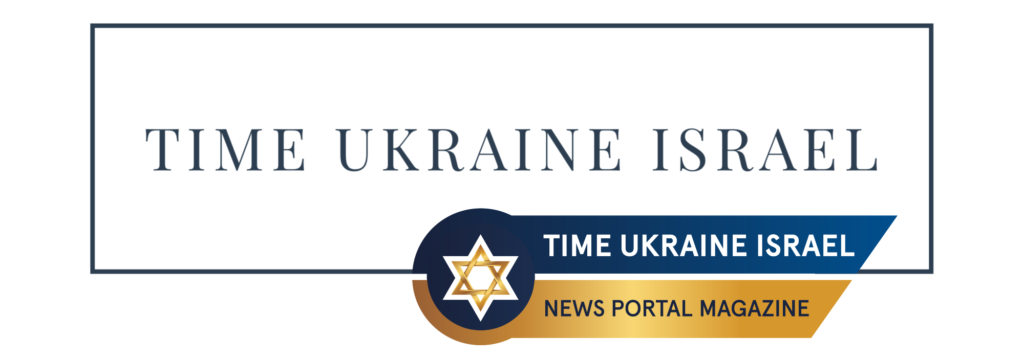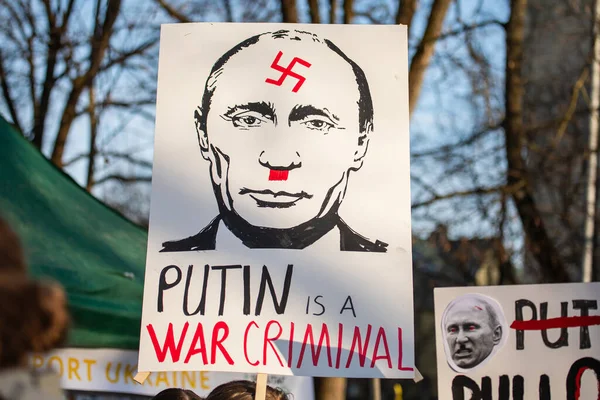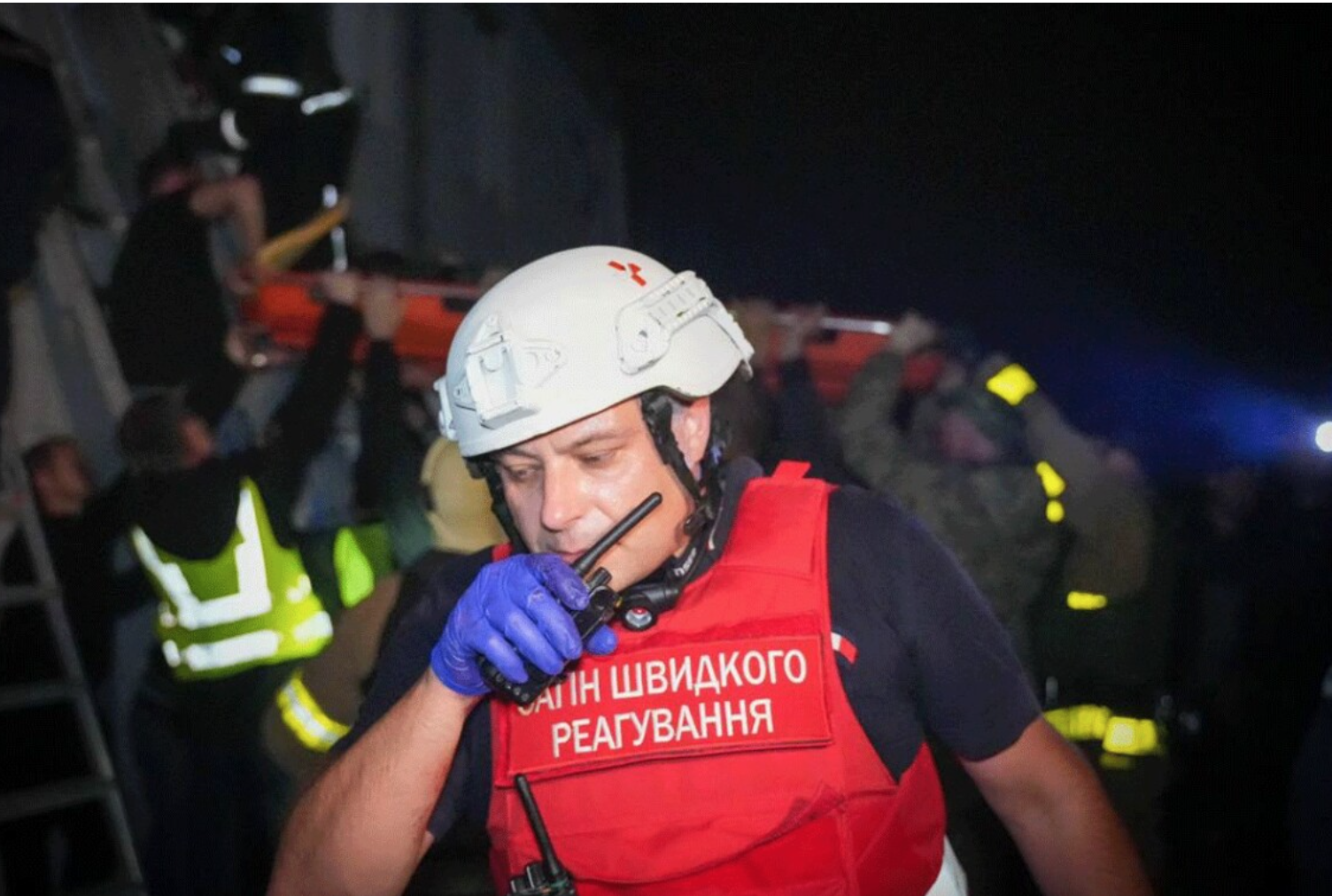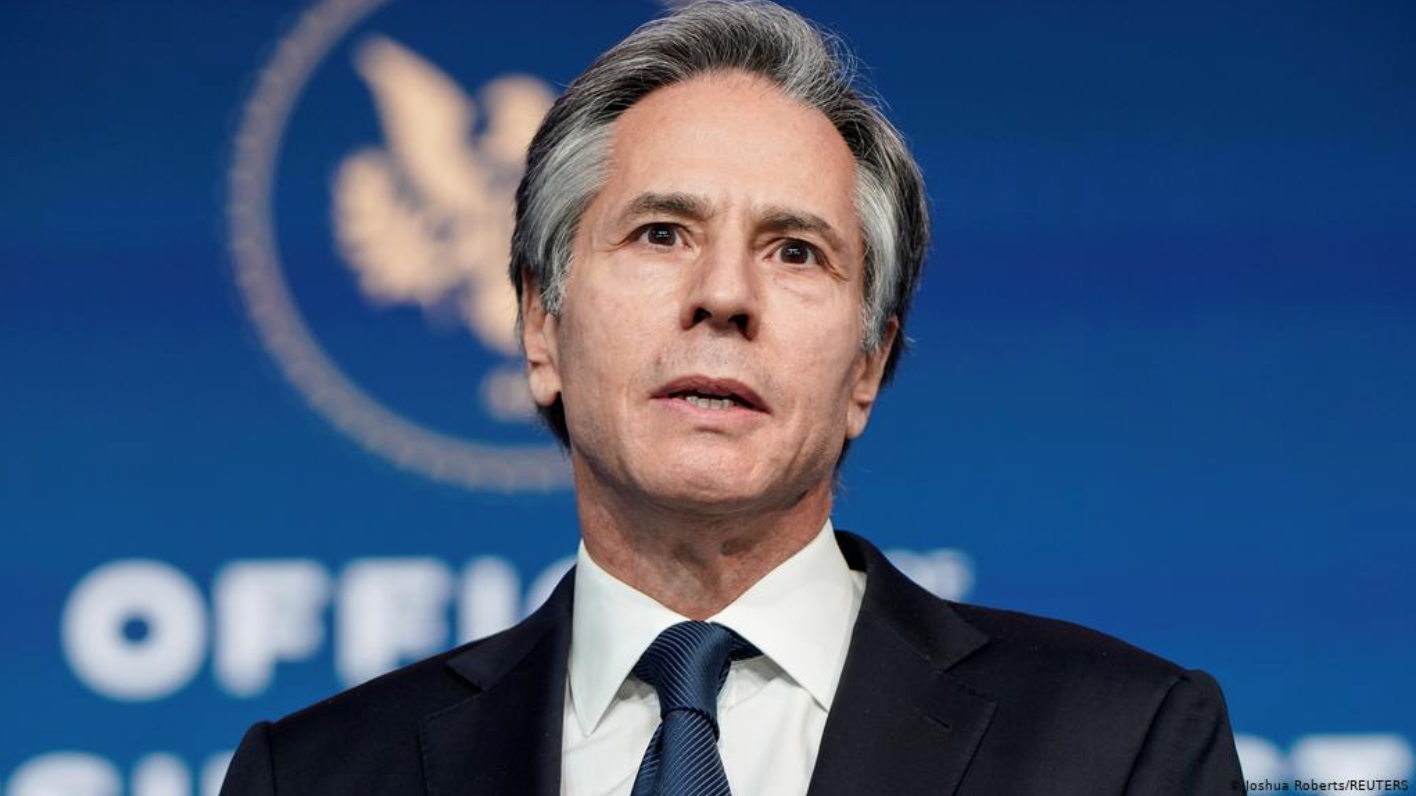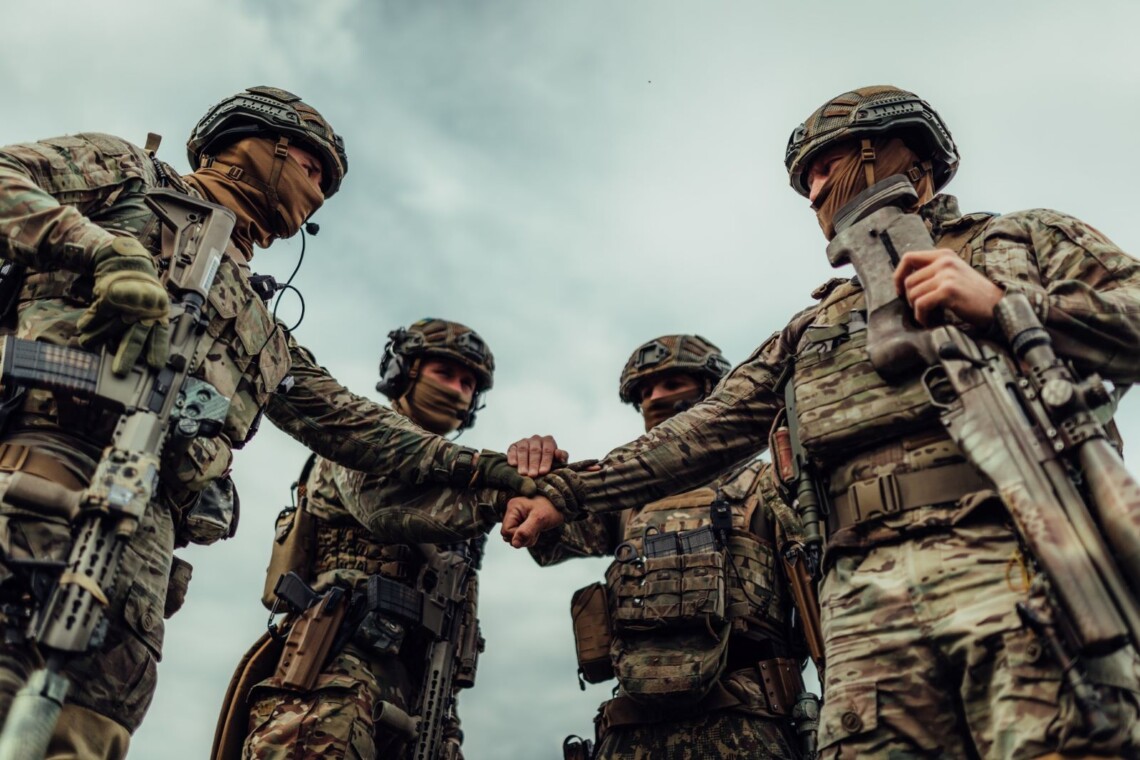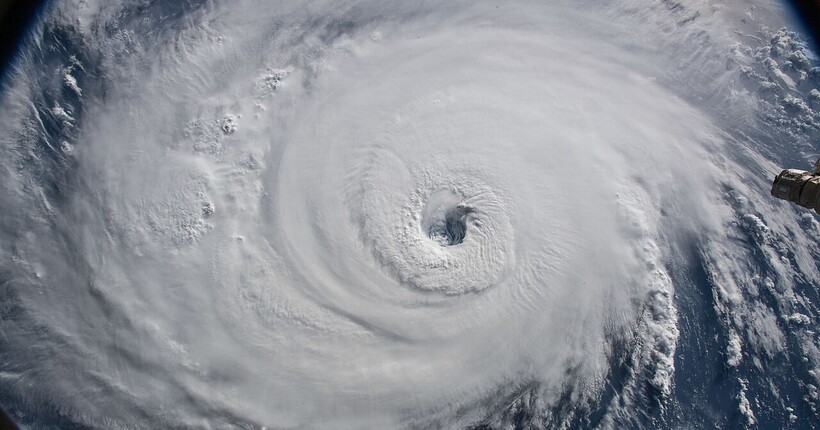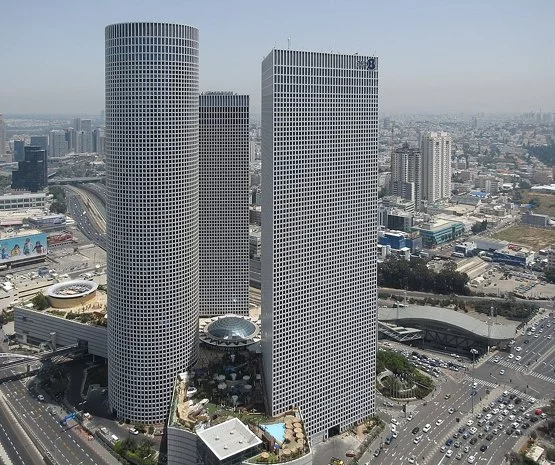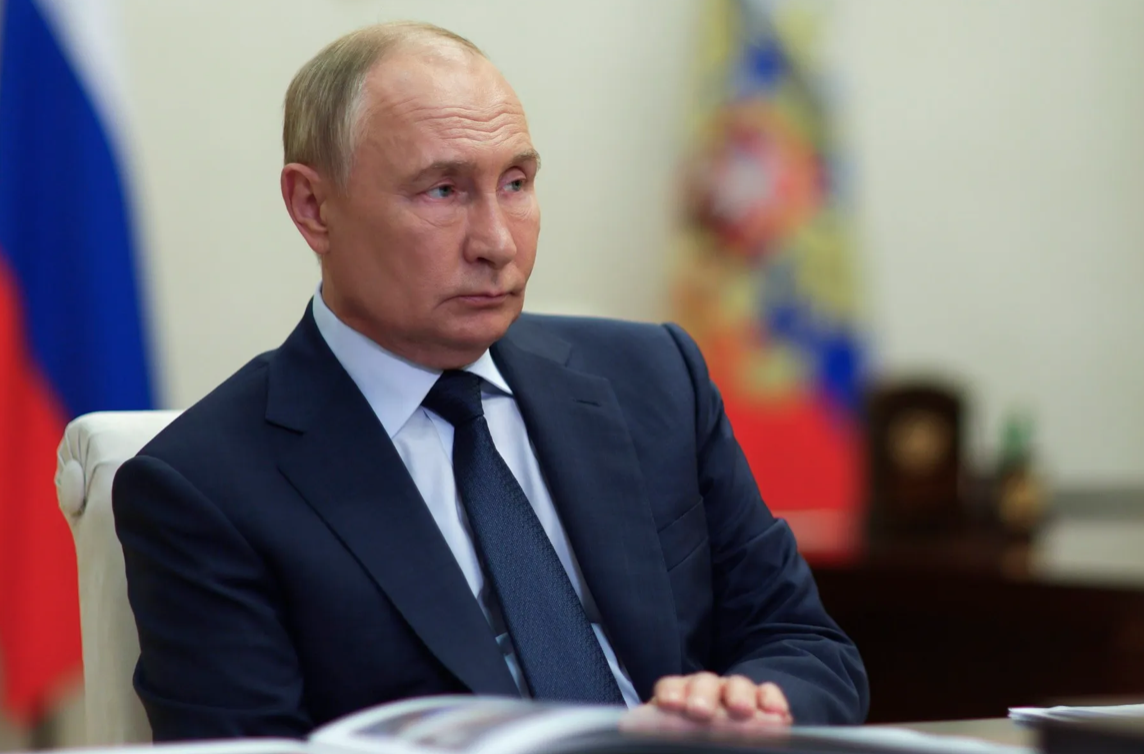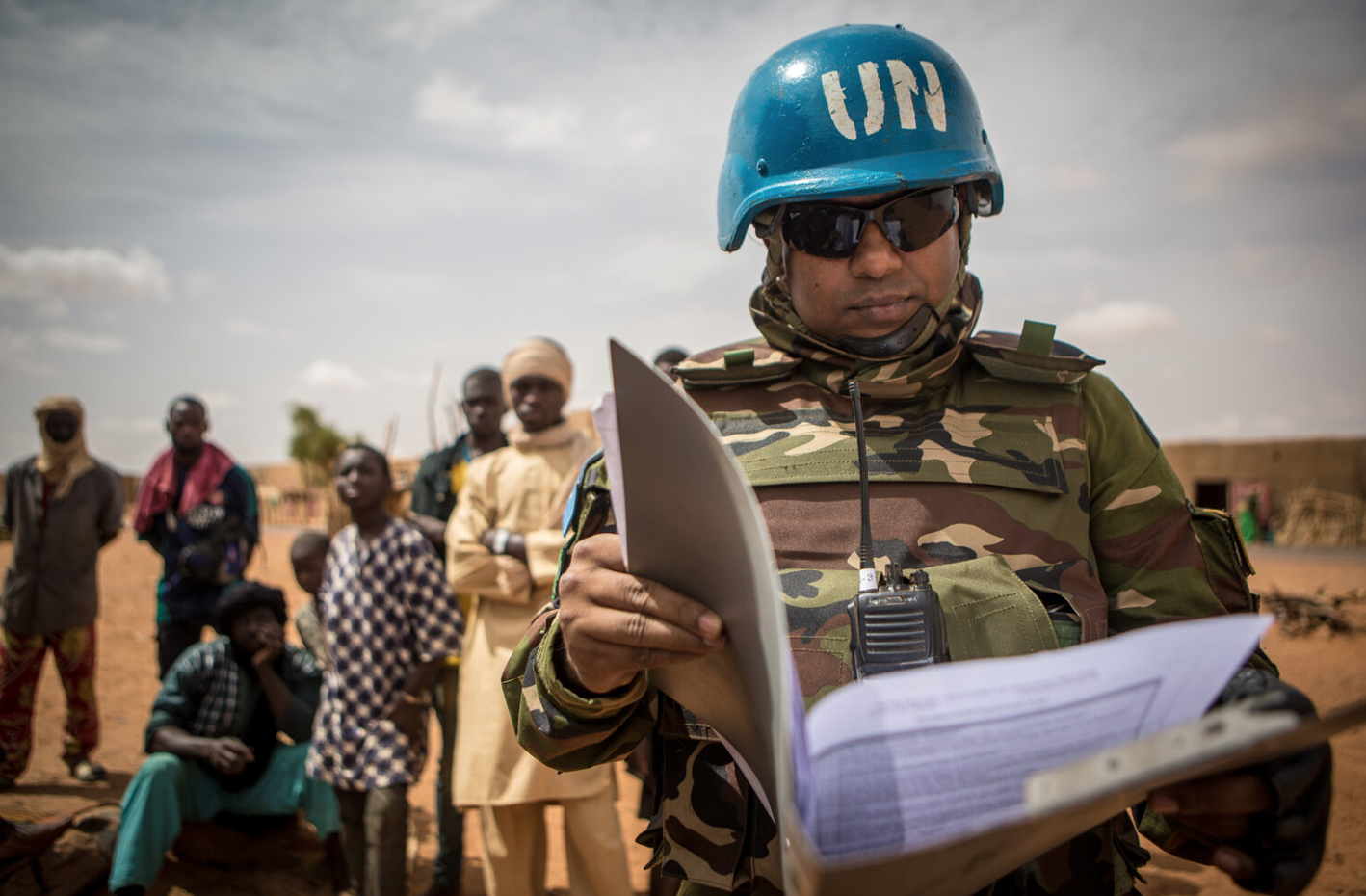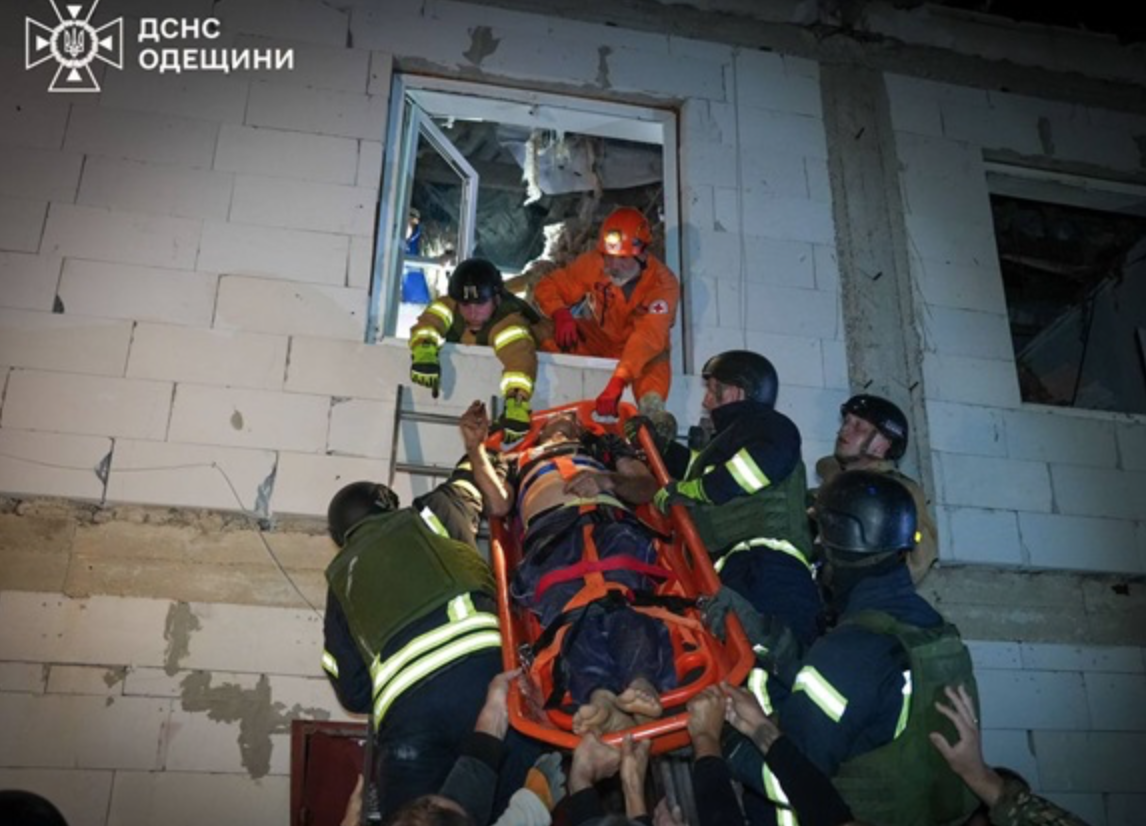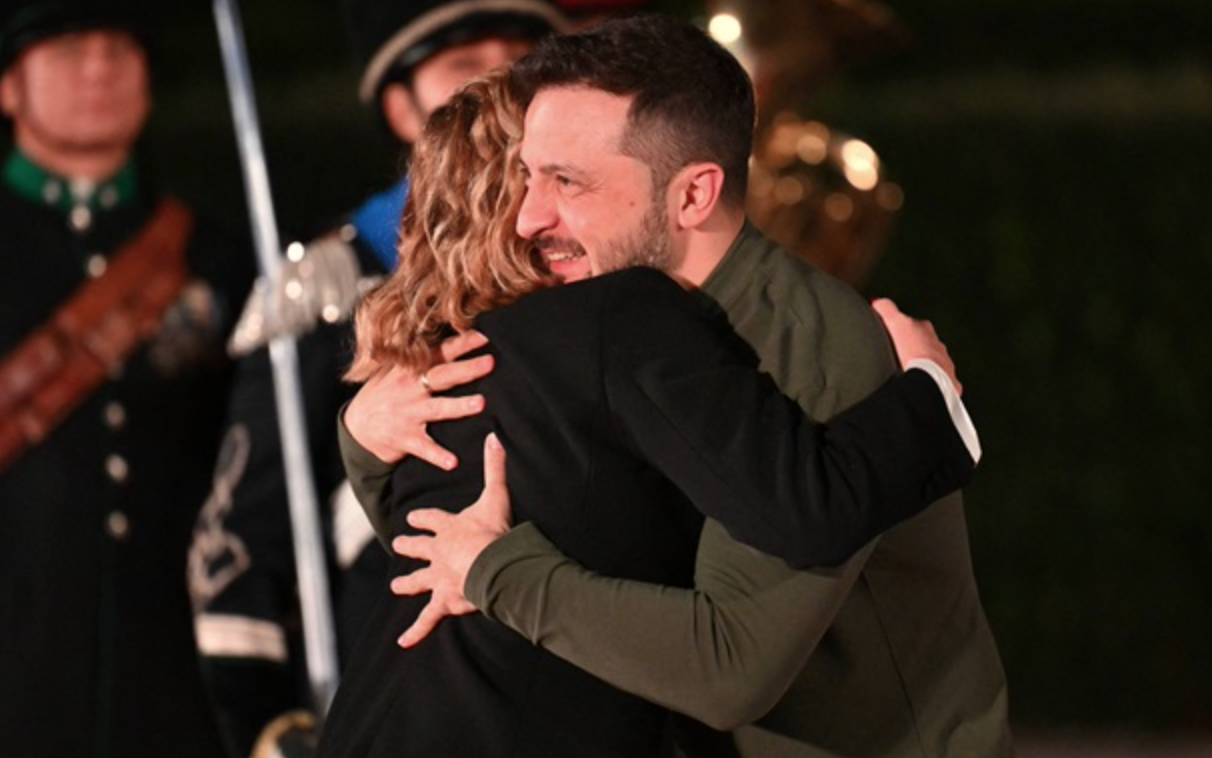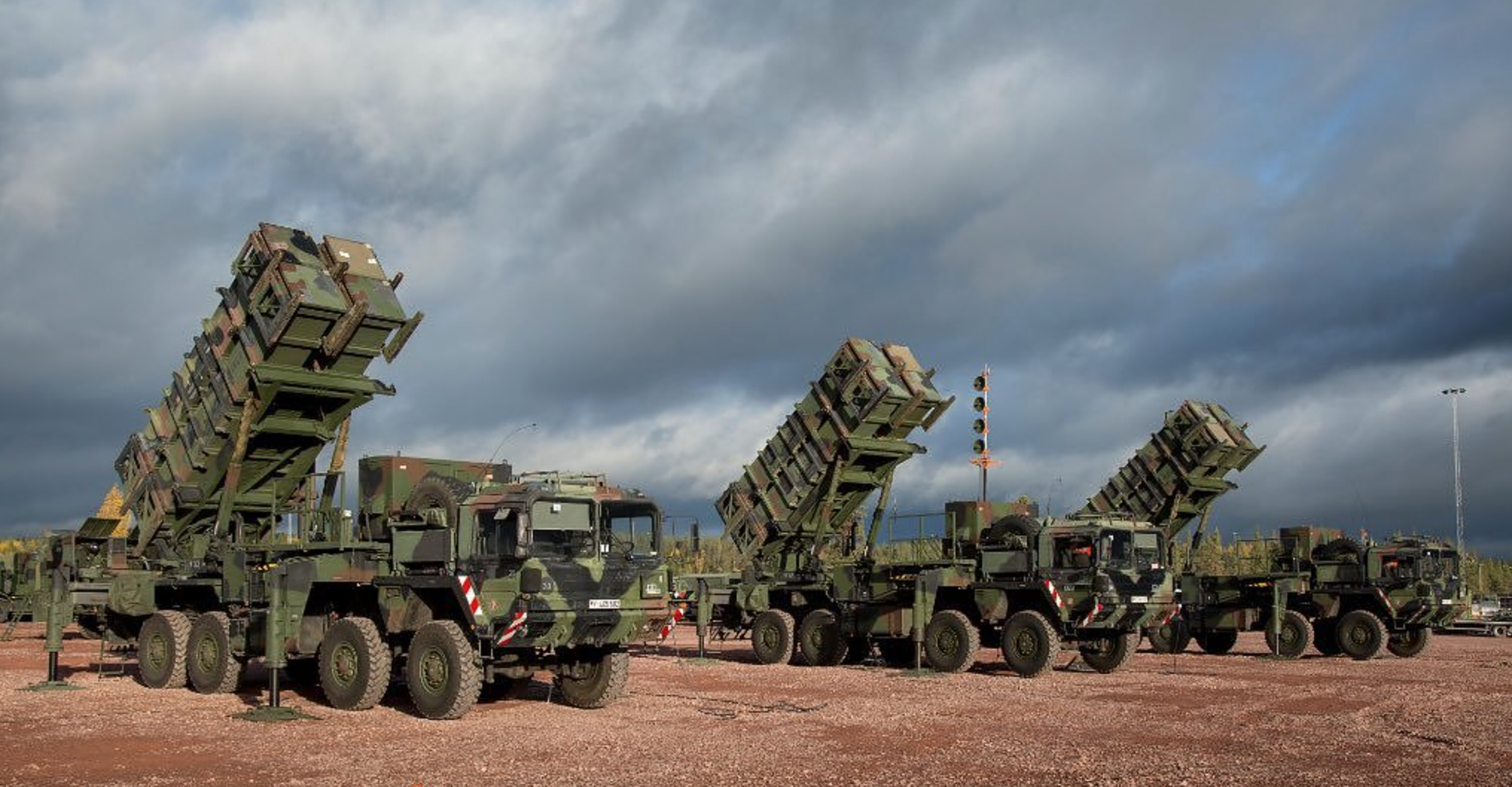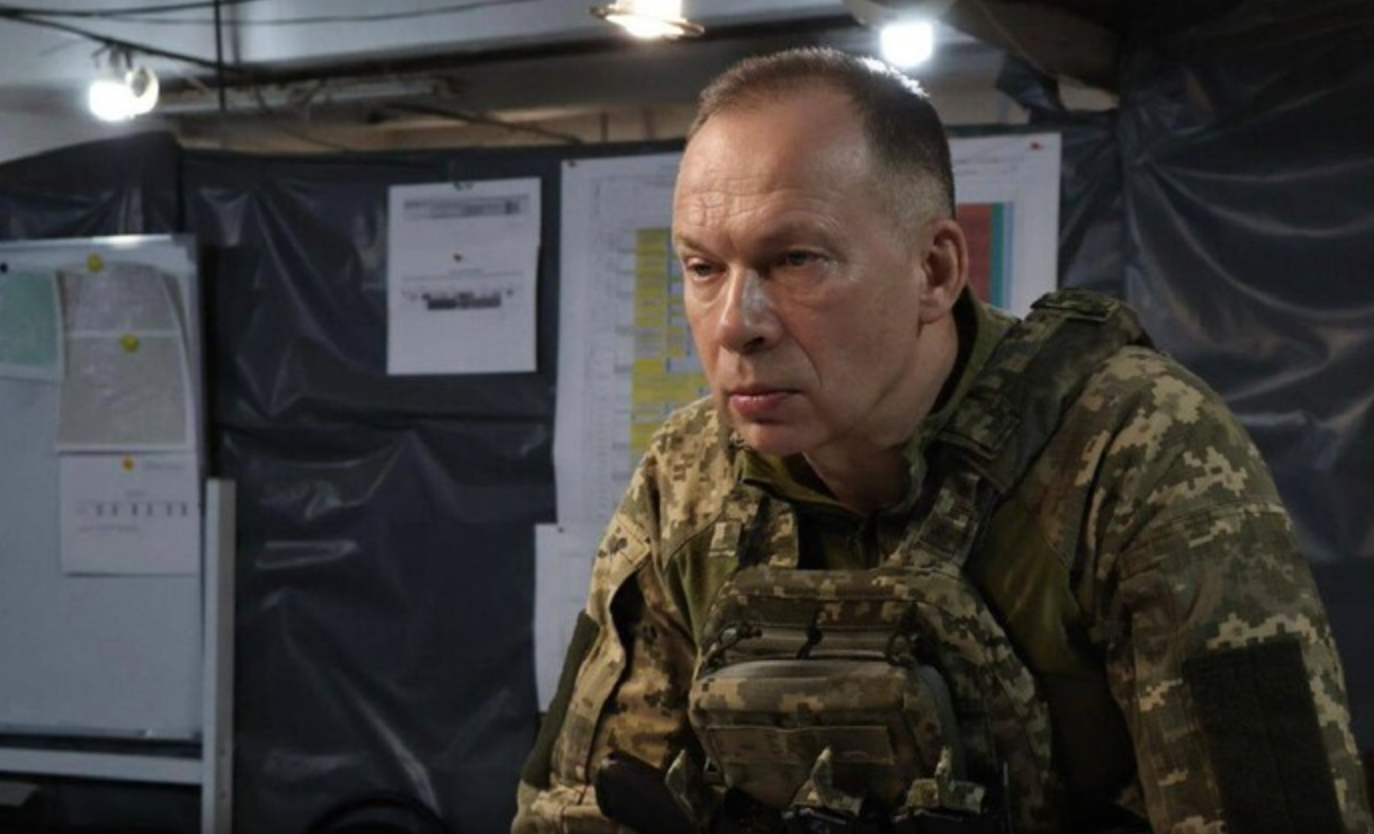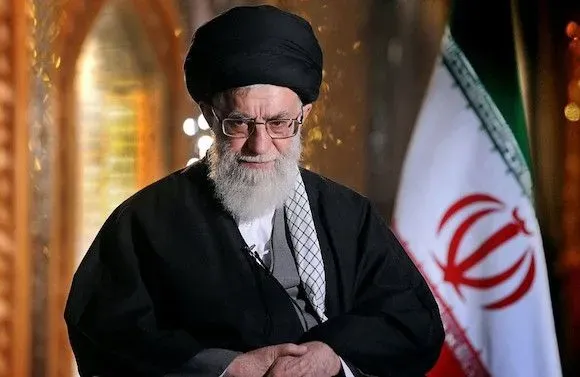Photo: depositphotos.
Analysis of the draft federal budget of the Russian Federation for 2025 opens up new horizons for understanding the financial capabilities of the occupiers in the war against Ukraine. This makes it possible to assess how many resources Putin has left to continue hostilities and to track potential ways to obtain them, liga.net reports.
Military spending for 2025: records and challenges
According to Russian economist Vladimir Milov, the draft budget for 2025 envisages record spending on the army, military-industrial complex and security forces, which together account for 41% of the total budget. However, this does not indicate a willingness to stop the war. On the contrary, Putin continues to insist on continuing his aggression despite limited resources.
Despite the planned increase in military spending in 2025, the rate of growth is slowing significantly. While in 2024 these expenditures increased by 68%, in 2025 they will grow by only 26%, amounting to 13.5 trillion rubles. Milov notes that this amount does not reflect the real needs of the Russian army, which faces constant financial difficulties.
Cost structure
The military budget is divided into three categories:
- Production of weapons and equipment.
- Supplying the army.
- Financial support for military personnel.
All of these categories are already suffering from a lack of funding, and the rate of spending growth does not cover the current needs of the army.
Problems with financing: ways to find money
The planned budget deficit of RUB 1.6 trillion for 2025 raises serious doubts. According to forecasts, the real deficit in 2024 will amount to RUB 3.3 trillion, and in 2025 it could reach RUB 1.2 trillion. However, there are no grounds for optimism.
The main sources of financing the deficit are rapidly running out. The liquid part of Russia’s National Welfare Fund has almost halved since the beginning of the war and currently stands at just RUB 4.8 trillion, which is catastrophically small compared to the projected deficit for 2024.
Possible strategies to close the gap
- Tax increases: A country’s tax system may undergo changes, but this does not always lead to the expected results.
- High inflation: This may reduce the real value of debt, but high inflation risks stagnation.
- Increase in domestic borrowing: Public debt service costs are rising. While in 2023 they were less than 5% of expenditures, in 2026 this figure could reach 8%.
Economic stagnation and industrial slowdown
Forecasts by the Russian Ministry of Economic Development indicate a serious slowdown in the growth of the manufacturing industry, particularly in the military sectors. In September 2024, the PMI fell below 50%, which means a decline in production.
With oil prices falling, demand for Russian energy resources is declining, making it harder to finance the war. The budget for 2025 optimistically assumes an oil price of around $70 per barrel, which is unlikely to be justified.
In the face of rapidly rising war costs and ongoing financial difficulties, Russia is facing serious budgetary challenges. The economic situation in the country is showing trends towards stagnation and stagflation, which threatens not only military but also socio-economic programmes. This gives hope that the occupiers’ resources for the war may run out in the near future.
